Using Local Health Data in a Pandemic
Guest Post By Kathleen Pritchard, PhD, President of Data You Can Use, Inc.
The public has seldom been exposed to as much data as we have since the COVID-19 pandemic hit American shores.
But data has its limitations—and not all data is equal! Where it comes from? How it is used? What’s missing? These questions matter.
To help sort out the deluge of graphs, charts and diagrams that are spreading with the pandemic, Data You Can Use sought guidance from local experts at a virtual meeting of the Health Data Users Group.
Helen Meier, Assistant Professor from the UWM Zilber School of Public Health and students from her class led off with the “Public Health Minute,” using plain language to explain how the data, tools, and methods of epidemiology are put to work to keep communities safe in a pandemic.
Rachel Mukai, epidemiologist and Michael Stevenson, Public Health Strategist at the Milwaukee Health Department, presented up-to-date COVID-19 Data and Resources to help us understand, contain and cope with the coronavirus. You can view a recording of the full session here.
And while it’s important to follow data on the spread of the disease during the outbreak, the unequal distribution of underlying health conditions such as asthma, high blood pressure, COPD, and diabetes at the local level helps explain why some groups are harder hit than others.
At the request of a partner neighborhood group, Metcalfe Park Community Bridges, Data You Can Use prepared a “data digest” summarizing prevalence of underlying health conditions and factors such as race, ethnicity, and occupation that put some groups at greater risk. You can see an example of the Metcalfe Park report here.
The report was based on prevalence at the local level using the RWJ 500 Cities data and conditions identified by the CDC as putting people at higher risk for adverse outcomes. The goal was to increase awareness and help neighborhood groups target resources. What began as a short report for one neighborhood grew quickly to respond to suggestions and requests from others neighborhood organizations. With quick turnaround, the team at DYCU produced reports for an additional twelve neighborhoods and posted them on the website.
These reports are serving to “democratize the data” as neighborhood groups share them in their newsletters, translate them into the language of their residents, discuss them in online meetings, post them on their websites, and distribute them through their listservs. Edith Chavez, Community Organizer at Muskego Way Forward, for example, translated her report into Spanish, distributed it in her newsletter, and convened a conversation about it at a virtual neighborhood meeting.
Because health is hyper-local, Data You Can Use released an interactive map showing prevalence by census tract and continues to refine this tool with the Health data Users Group. The tool can be used to help residents, funders, and planners best target resources, and increase awareness of the need for precautions.Unfortunately, these underlying health disparities existed well before the COVID crisis and, without attention, will remain long after it passes. This data can be used to target resources appropriately, to raise awareness, and to focus on longer-term, more equitable recovery.
Despite the cautions and limitations, like our partners in the National Neighborhood Indicators Partnership we continue to believe that local data matters and that better data leads to better decisions, and better communities.
For more information, please contact:
Kathleen Pritchard, PhD, President
Data You Can Use, Inc.
katie@datayoucanuse.org
414-331-7616
